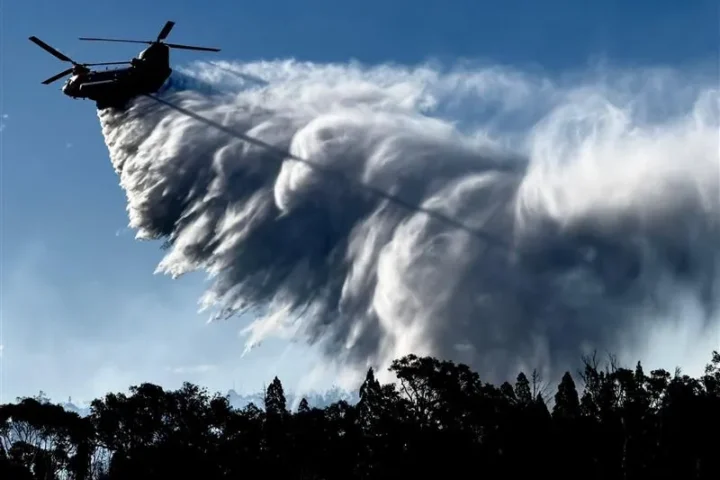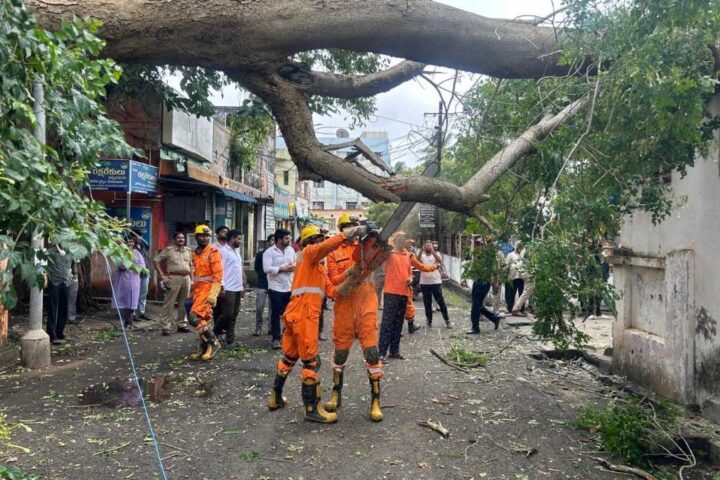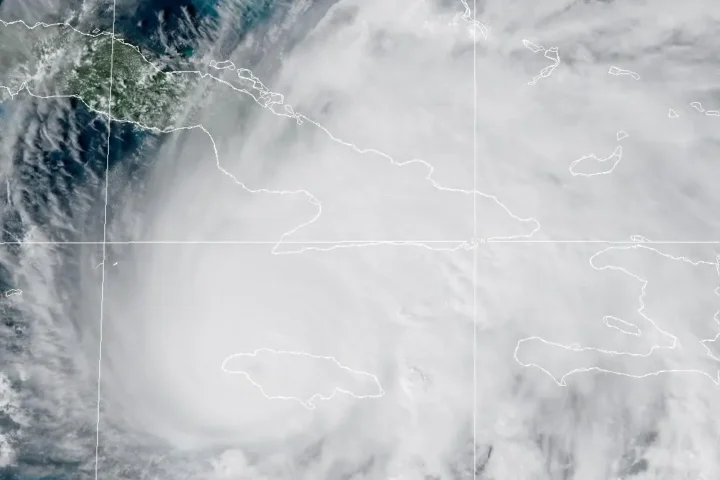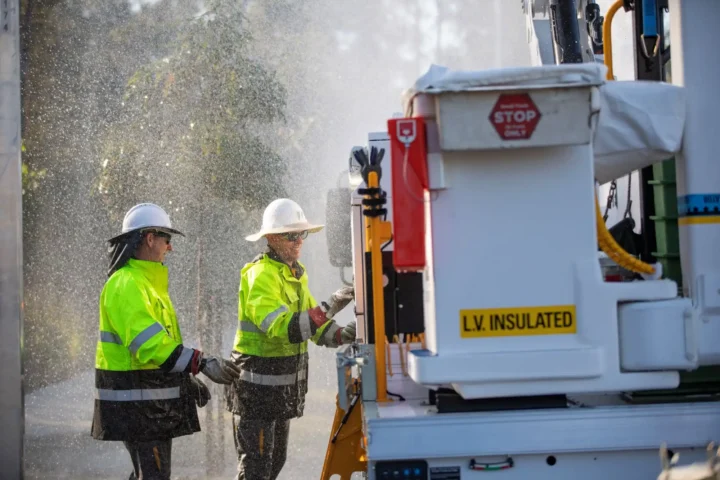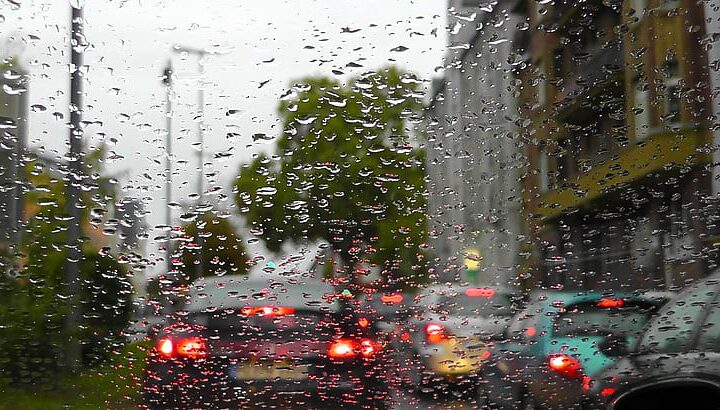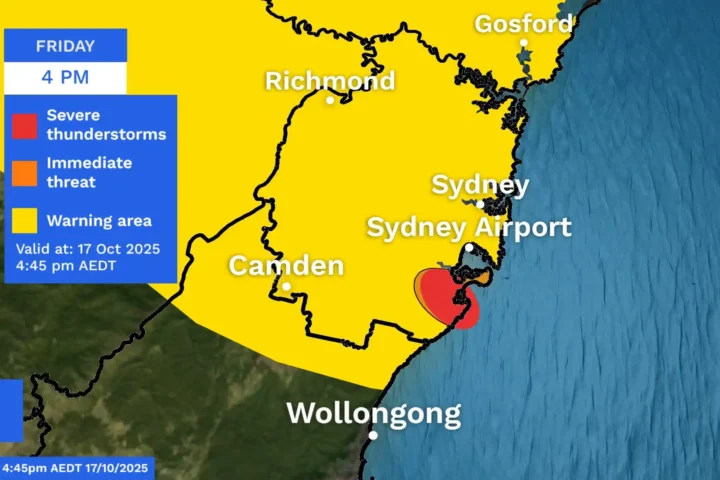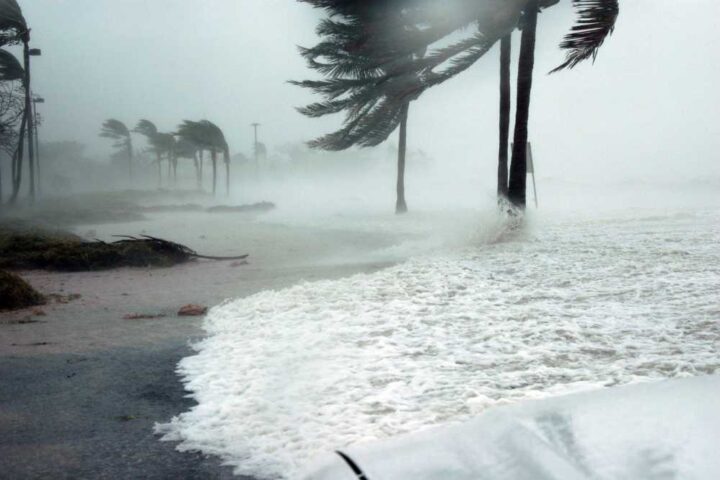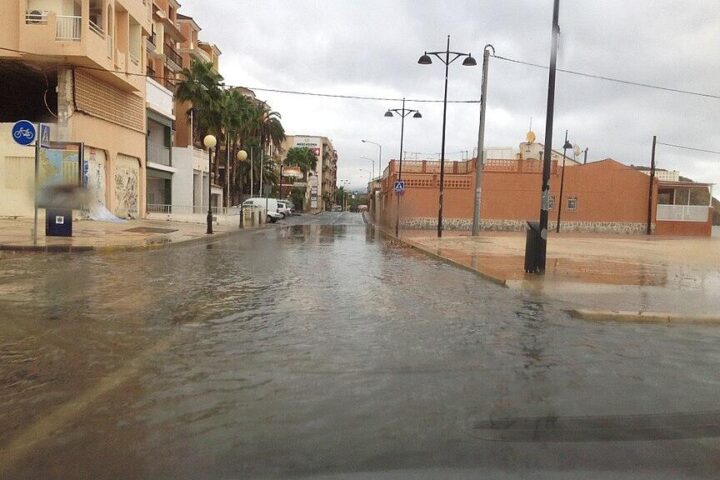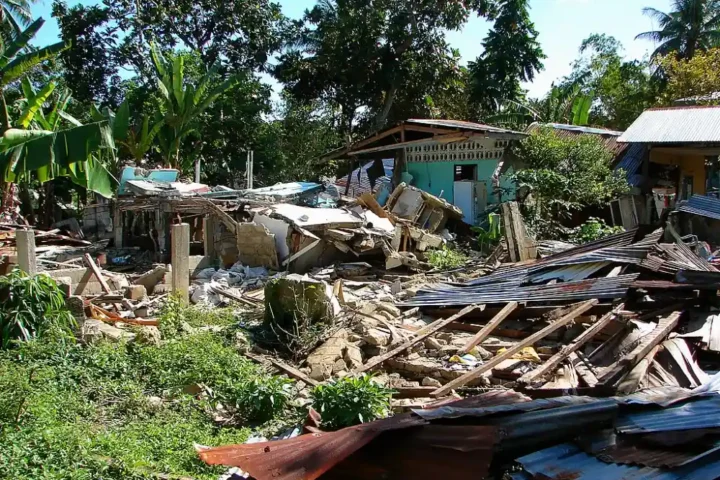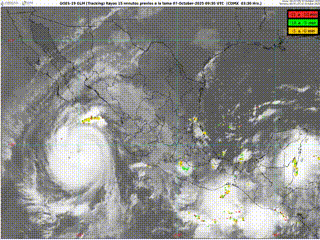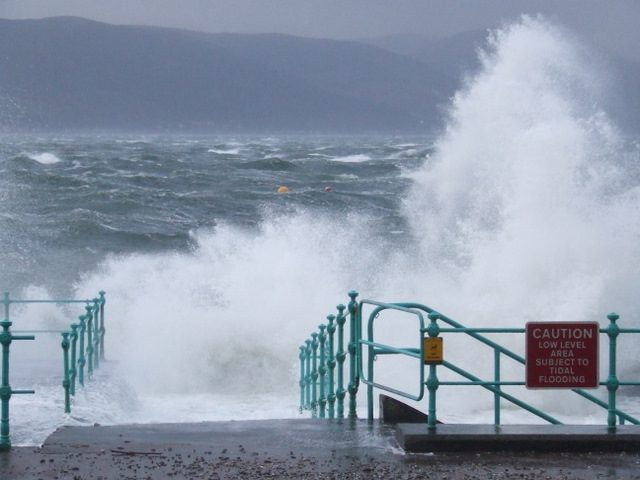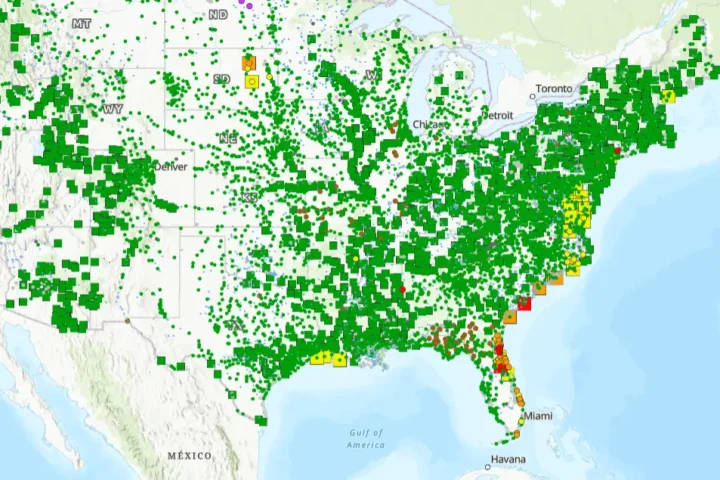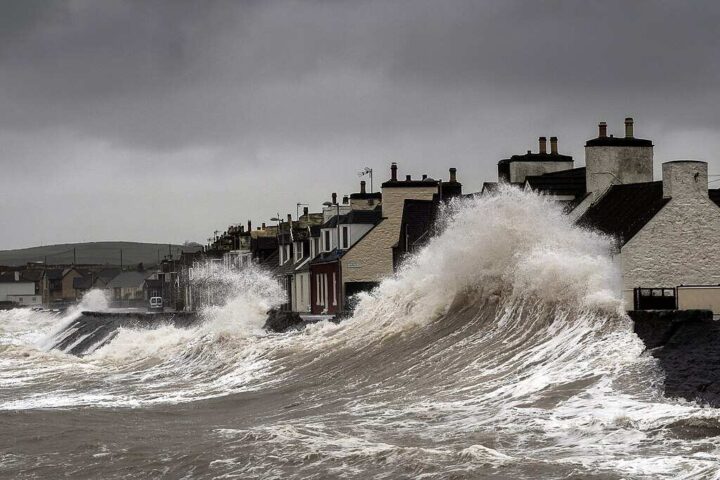The Supreme Court delivered a strong warning on July 28, 2025: Himachal Pradesh could “vanish in thin air from the map of the country” if environmental damage continues. Justices J.B. Pardiwala and R. Mahadevan made this statement while hearing a case about hotel construction restrictions in the state.
The court’s observations came during a case filed by M/s Pristine Hotels and Resorts Private Ltd., which challenged a June 6, 2025 notification that declared Shri Tara Mata Hill as a “green area” and stopped new private construction there. The company wanted to build a resort on the hill.
Current Disaster Statistics in Himachal Pradesh
Within days of the 2025 monsoon, landslides, flash floods and infrastructural failures ravaged the mountain state. Even as we step into August, marking the middle of the monsoon season, 173 lives have been lost, people have gone missing, and losses worth ₹1,715 crore have been incurred already.
The monsoon season has brought severe damage across multiple districts. Since June 20th, rain-related incidents have claimed 95 lives, injured 304 people, and numerous individuals are still reported missing. In Mandi district alone, 23 people have died, according to State Emergency Operations Centre reports.
The damage extends beyond human casualties. In the numerous flash floods/cloudburst and landslides, hundreds of houses were damaged, and substantial cattle were lost. The PWD suffered significant damage, followed by the Jal Shakti Vibhag with considerable losses.
Previous years show a pattern of increasing destruction. While the Wayanad calamity was massive in terms of the total number of casualties in a single incident (approximately 304 dead), Himachal Pradesh saw a series of extreme rainfall, landslide and flood events across multiple locations during July and August 2023, that cumulated in 441 deaths.
Court Blames Human Activities, Not Nature
The Supreme Court said human activities, not natural causes, are responsible for the disasters. “It is not right to blame only nature. Humans are responsible for the continued degradation—whether it is through hydropower projects, four-laning of roads, deforestation or construction of multi-storey buildings,” the court stated.
The bench specifically mentioned several problems: “Construction of four lane roads by the Himachal Pradesh government also came under the scanner of the court. To build the roads, heavy machinery and explosive materials need to be used to cut the mountains due to which the natural balance of the place has started to deteriorate.”
The court also criticized revenue-focused development. “We want to impress upon the state government and the Union of India that earning revenue is not everything,” the bench said. “Revenue cannot be earned at the cost of environment.”
Tourism and Infrastructure Problems
Tourism, while important for the economy, has created environmental stress. “All that we want to convey today is that it is high time the state of HP pays attention to what we have observed and starts taking necessary action at the earliest in the right direction,” the court said regarding tourism management.
Infrastructure projects have changed the mountain landscape significantly. “Unrelenting building, tunnel, and road construction, frequently done without sufficient environmental planning, has increased the area’s susceptibility to natural disasters and the effects of climate change,” according to the court’s observations.
The construction of highways has been particularly damaging. The Kiratpur-Manali four lane from Mandi to Manali and Kalka-Shimla four lane from Parwanoo to Solan were washed away at many places.
Glacial Lake Outburst Flood Risks
The Himalayas face threats from Glacial Lake Outburst Floods (GLOFs). According to NDMA (National Disaster Management Authority), glacial retreat due to climate change occurring in most parts of the Hindu Kush Himalayas has given rise to the formation of numerous new glacial lakes, which are the major cause of GLOFs.
The numbers are concerning. A significant number of people face the risk of catastrophic flooding from glacial lakes which could burst their natural dams at any moment. Those facing the greatest threat live in mountainous countries in Asia and South America.
Transboundary risks: A notable increase in area from 2011 to 2024 of Glacial lakes and other water bodies in the Himalayan region, including neighbouring countries like Bhutan, Nepal and China, due to climate change.
The National Disaster Management Authority has identified specific risks. The National Disaster Management Authority (NDMA), which operates under the Union Ministry of Home Affairs, has identified 188 glacial lakes in the Himalayan states that can potentially be breached because of heavy rainfall. Thirteen of them are in Uttarakhand.
Joshimath Land Subsidence Case Study
Joshimath in Uttarakhand shows what happens when development ignores geological realities. Cracks on walls and buildings were first reported in 2021, as Chamoli district of Uttarakhand experienced frequent landslides and flooding.
Research shows the town has been sinking for years. Scientists from the Indian Institute of Remote Sensing, Dehradun, observed significant subsidence in Joshimath and the surrounding areas based on satellite data analysis.
The problem got worse recently. Measurements showed the subsidence increased dramatically in late 2022 and early 2023, when the town experienced accelerated sinking.
The basic problem is the location itself. Experts have pointed out that Joshimath city has been built on an ancient landslide material meaning it rests on a deposit of sand and stone, not rock, which doesn’t have high load-bearing capacity.
Infrastructure projects made things worse. The construction of NTPC’s Tapovan Vishnugad Hydro Power Project is reportedly linked to the incident. Local reports indicate the tunnel had water seepage issues that may have contributed to drying of water sources in Joshimath.
More Posts
Early Warning Systems and Management
The government has developed some guidelines for managing these problems. To manage lakes structurally, the NDMA recommends reducing the volume of water with methods such as controlled breaching, pumping or siphoning out water, and making a tunnel through the moraine barrier or under an ice dam.
However, early warning systems are limited. The number of implemented and operational GLOF EWS is very small, even at the global scale. In the Himalayan region, there are at three reported instances (two in Nepal and one in China) of implementation of sensor- and monitoring-based technical systems for GLOF early warning.
Local communities often provide the first response. Apart from pressing specialised forces such as National Disaster Response Force (NDRF), ITBP and the Army, NDMA has emphasised the need for trained local manpower. Local communities frequently lead initial rescue efforts before the intervention of the state machinery and specialised search and rescue teams.
Financial Impact and Government Response
The economic cost of these disasters keeps growing. A total economic loss of more than Rs 1,715 crore is being estimated by the State government at the moment. This includes massive infrastructure damage across the state.
Water supply systems have been particularly affected. According to State Emergency Operations Centre reports, 254 water supply schemes have been damaged. Multiple irrigation schemes were also affected, resulting in significant losses.
The Supreme Court has ordered specific actions. The Supreme Court on July 28, 2025, directed the state of Himachal Pradesh to file “an appropriate reply explaining whether they have any action plan to meet with the issues we have discussed and what do they propose to do future”. The court would next hear the case on August 25, 2025, and judges said the case should be given top priority.
Research Shows Increasing Risks
Scientists have documented changes across the region. A new paper published in the journal Landslides (Sana et al. 2024) provides an initial review and description of this event. The research covers the July 2023 events that caused widespread damage.
Climate change is making things worse. As per International Centre for Integrated Mountain Development (ICIMOD,) 70-80% of current glacier volume in Hindu Kush Himalaya (HKH) will disappear by 2100 under a high emission scenario.
Construction quality has also become a problem. Himachal Pradesh is very landslide prone under natural conditions, but this is being exacerbated by the impact of climate change, environmental degradation and poor quality road construction, alongside high levels of human vulnerability.
International Cooperation and Technology
Some international efforts are helping with solutions. The Swiss Agency for Development and Cooperation (SDC), under the Strengthening Climate Change Adaptation in the Himalayas project (SCA Himalayas), pioneered innovative solutions for GLOF risk management in a pilot intervention in Sikkim, India.
Technology is being used for monitoring. Automatic weather and water stations have been installed at glacier-fed South Lhonak and Shako Cho Lakes. These stations provide real-time data for long-term hazard and climate monitoring and demonstrate a technology-driven model for partnerships with National and sub-national authorities.
Cross-border cooperation is needed because many risks affect multiple countries. GLOF risk is transboundary in nature, thus there is an urgent need for a comprehensive regional risk governance framework including India, Nepal, Bhutan etc.
What Happens Next
The Supreme Court has converted this case into a public interest litigation to monitor the state’s environmental conditions. The court expects detailed action plans from both the state and central governments by the next hearing on August 25, 2025.
The court noted that “Much damage has already been done, but something is better than nothing.” This suggests urgent action is still possible if governments act quickly.The case has brought national attention to problems that affect millions of people living in the Himalayas. The combination of climate change, poor planning, and construction in dangerous areas has created risks that require immediate attention from both state and central authorities




